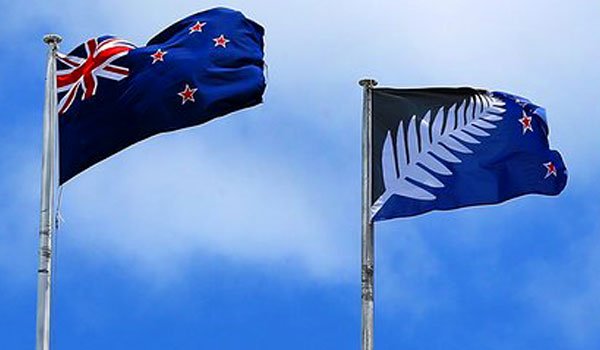New Zealand voted on Thursday to retain its national flag, which includes the Union Jack, of its former colonial ruler the United Kingdom, after a 16-month exercise that cost taxpayers US$17.44 million.
Preliminary results of a referendum showed 56.6 percent of voting Kiwis wanted to keep the flag, which is completed by the Southern Cross constellation, with critics dubbing the alternative featuring a silver fern a "beach towel."
Supporters of change, including Prime Minister John Key, were hoping to get rid of the Union Jack, the flag of the United Kingdom that still adorns the top left quarter of a handful of Commonwealth flags like that of neighboring Australia.
Those seeking change say the flag is too closely tied to New Zealand's colonial history and is too easily confused with the Australian flag. The only distinction between the two is the color and number of the Southern Cross stars.
Former rugby All Blacks captain Richie McCaw, a prominent supporter of the new flag, said he realized this before last year's World Cup final against Australia.
"The moment when I decided a new flag would be great for our country (was when) running out at Twickenham and seeing the two flags looking so similar," McCaw wrote on his Facebook page last month.
The alternative flag depicts a white fern on black and blue background with four red stars.
The design was meant to highlight the silver fern, widely considered the national symbol, but was likened by critics to both a towel and a corporate logo.
"I voted to keep the flag — not really because I didn't like the idea of change, more because the proposed new flag is so very ugly and a bit embarrassing," Wellington resident Sarah Newbold told Reuters. "And it reminds me too much of rugby and a corporate logo." More than 10,000 potential designs were submitted when Key announced the referendum in October 2014.
Voter turnout was 2.1 million people, around 67.3 percent of registered voters, and higher than the 49 percent who voted in the first referendum to pick the alternative design.






